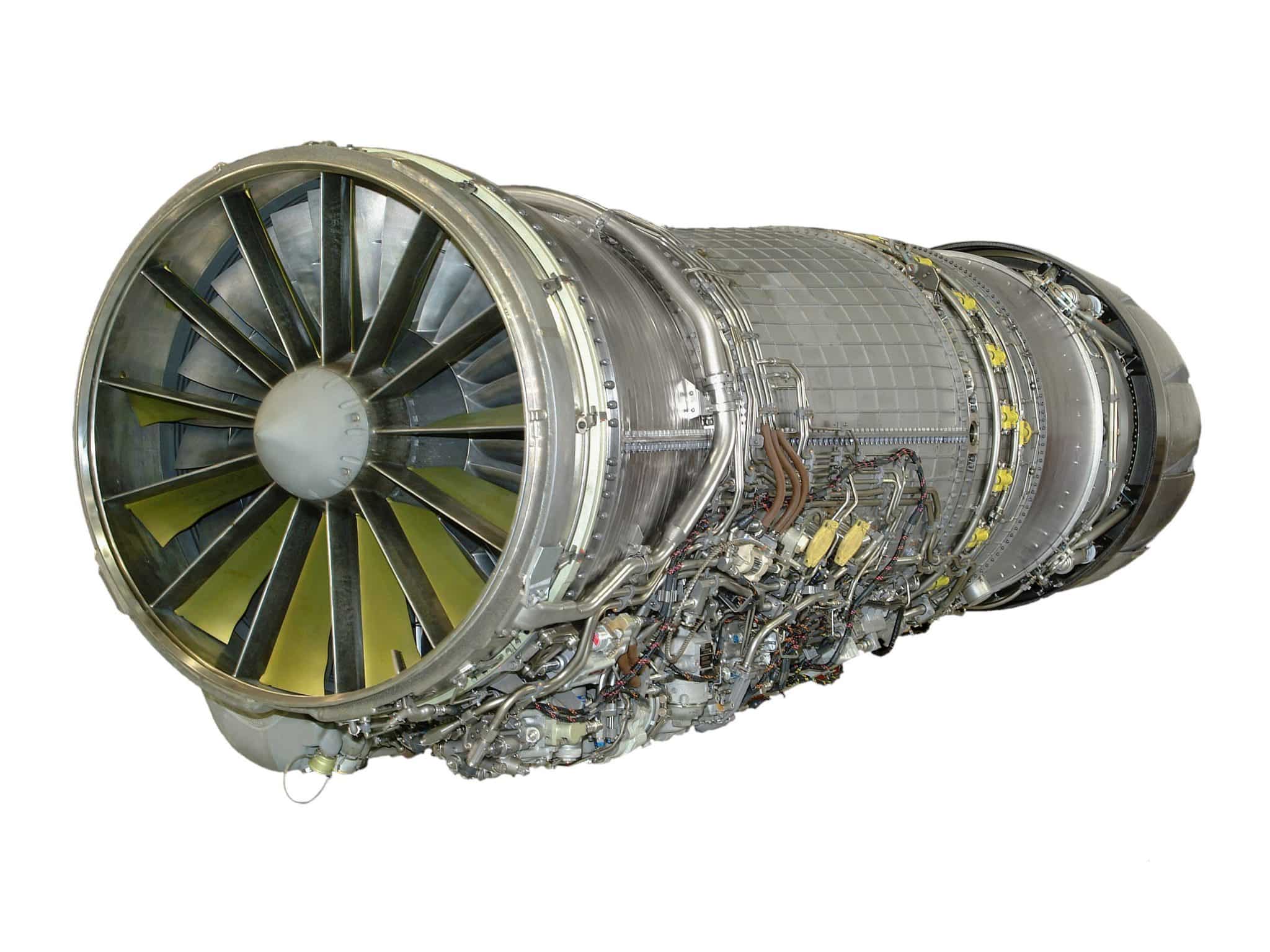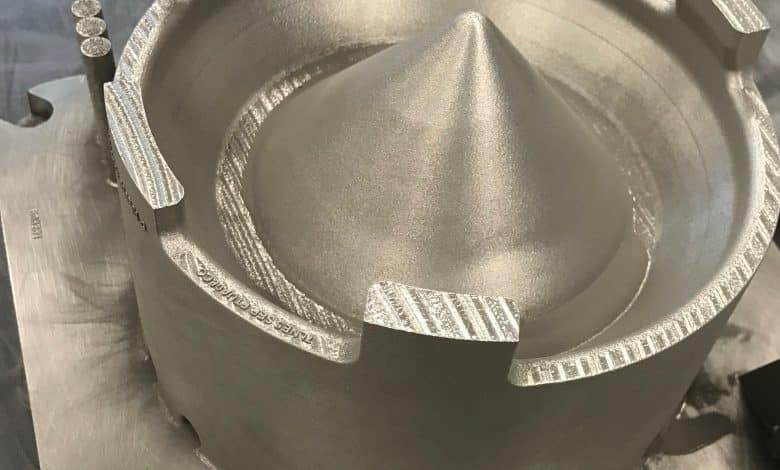The cooperation between the United States Air Force, General Electric Additives, and General Electric Airlines has reached an important milestone. The cooperation is dedicated to accelerating metal additive manufacturing to maintain and operate aircraft. The partners recently launched the first phase of the joint plan and have 3D printed the metal oil pan covers for the GE F110 engines for F-15 and F-16 aircraft. The next phase of the cooperation will focus on the production of sump cover shell components.
Last year, GE Additives and GE Aviation Group contacted the US Air Force and put forward a proposal to explore additive manufacturing in order to meet their requirements for maintainability, readiness, and affordability. The initial dialogue evolved into a joint plan between the two GE companies and the US Air Force Rapid Maintenance Office (RSO), which is responsible for improving mission readiness by identifying, adapting, and expanding new technologies for the operation and maintenance of its fleet.
One of the main tasks of RSO is to effectively purchase and produce aircraft parts. It’s no surprise that metal AM has finally become a roster of potential technologies for spare parts production: the agility and speed of this technology makes spare parts production in many industries interesting. With its extensive experience in qualification and certification of 3D printed metal parts in the aviation field, GE has become an ideal partner for RSO.
Agility and speed
“The collaborative effort between the U.S. Air Force and GE shows great promise toward the adoption of metal 3D printed parts as an option to solve the US Air Force’s current and future sustainment challenges,” said Colonel Benjamin Boehm, Director of AFLCMC/LP Propulsion Directorate. “This capability provides an alternate method to source parts for legacy propulsion systems throughout their life cycle, especially when faced with a diminishing supplier base or when infrequent demands or low volume orders are not attractive to traditional manufacturers.”
It is worth noting that this cooperation is the first time that GE Additives and the GE Aviation Engineering and Supply Chain team have cooperated for the benefit of external customers. The two companies jointly demonstrated to the Air Force the advantages of metal additive manufacturing for parts production. The most important of these advantages is speed, which is especially important in a defensive environment. On the other hand, the delivery time of some parts of traditional castings may be as long as two to three years.
Lisa Coroa-Bockley, General Manager of Advanced Materials Solutions at GE Aviation, explained: “The Air Force hopes to develop rapidly from the beginning and increase the capabilities of metal additive manufacturing as soon as possible to improve combat readiness and sustainability.” “Speed is additive Currency, through the use of our LEAP fuel nozzle and other parts additive experience on GE9X, can provide an end-to-end solution, and learn from the experience of reliable certification process, can accelerate the pace of the US Air Force. ”

3D printed sump cover
The joint plan is based on the “spiral development” model, a concept commonly used to enhance software development, but it can also be applied here to increase the complexity and scale of each project phase. In their work, partners have gradually increased the complexity of each stage from simple part identification to part and part family merger to complex components and systems (such as universal core heat exchangers).
The team recently launched the first phase of the RSO program, which involved identifying GE aviation spare parts for the F110 and TF34 engines and demonstrating their airworthiness. Specifically, the first phase is based on the preliminary work carried out by the GE Aviation team, which is carried out around the 3D printed oil pan of the GE F110 engine used on F-15 and F-16 aircraft.
“Compared to other parts on the F110 engine, the sump cover might have lower functionality, but is incredibly important,” said James Bonar, engineering manager at GE Additive. “It needs to be durable, form a seal and it needs to work for the entire engine to function – which is of course critical on a single-engine aircraft like the F-16.”
The oil pan cover assembly is usually cast from aluminum, but GE Additives and the aviation team recognize the potential benefits of using additive manufacturing to produce it. The first 3D printed oil pan cover was produced at the GE Aviation Additives Technology Center in Cincinnati using the Concept Laser M2 machine and cobalt-chromium materials. “Part of the process involves exploring how to quickly eliminate the risks posed by castings, and how metal additives can replace those parts that are no longer being produced or require smaller production volumes to keep the platform running,” Tinker Air Force Base, Oklahoma ( (AFB) Melanie Jonason, chief engineer of the promotion maintenance department.
Beth Dittmer, head of the integration department of Tinker Air Force Base, added: “The plan with GE was completed ahead of time. The preliminary work that has been completed on the oil pan cover allows us to move forward quickly.” “When we formulate a metal additive airworthiness plan for the Air Force, the completion of each stage is an important milestone, because we will go one step further so that the additive parts can fly on one of our aircraft.”
With the progress made, the partners are preparing to enter stage 1b, which will increase complexity and focus on the oil sump cover shell: a series of TF34 engine parts have been used for more than 40 years. Ultimately, the plan is to explore how additive manufacturing can shape the future of design, production, and certification of parts for commercial and military aircraft.

